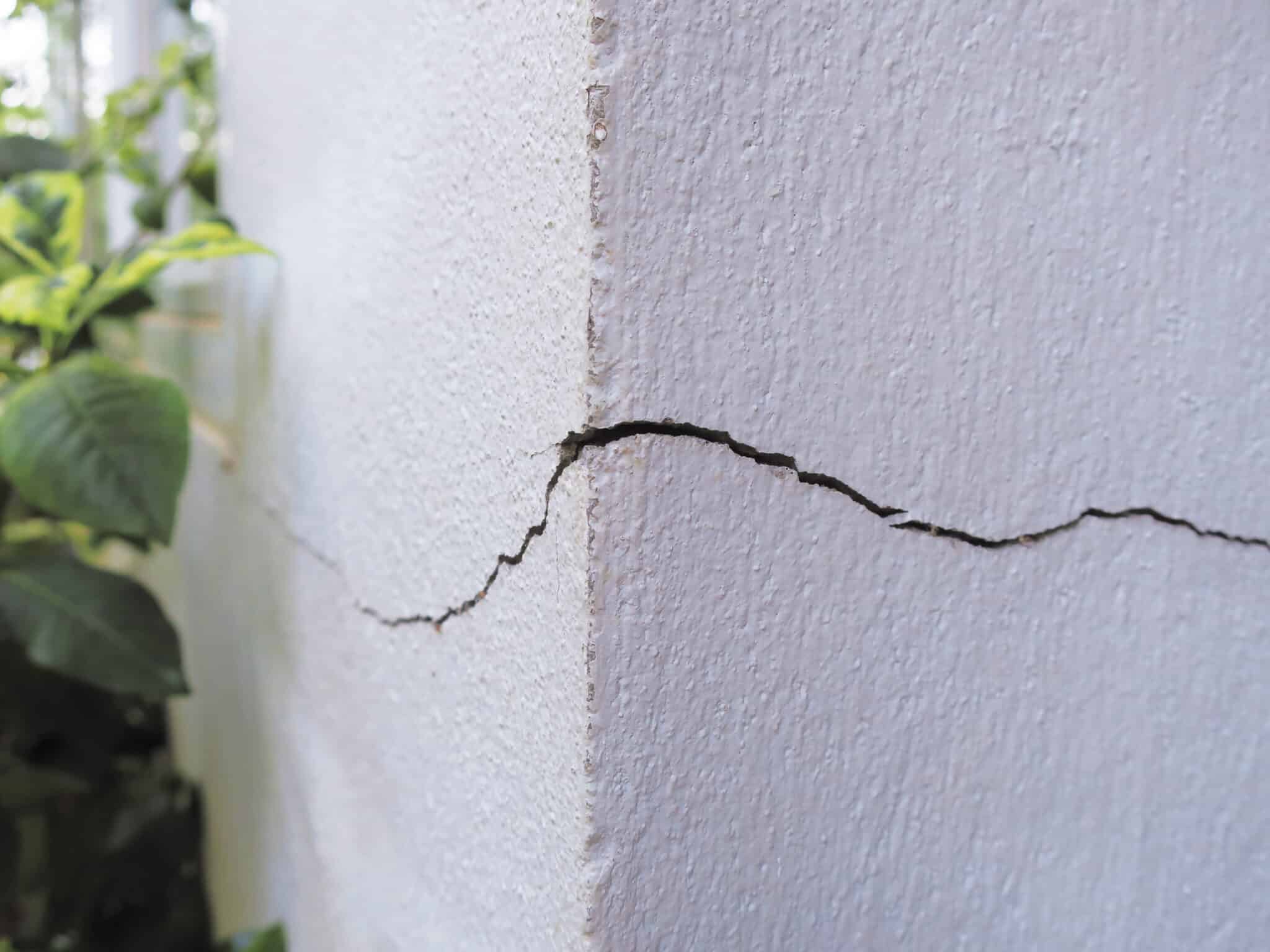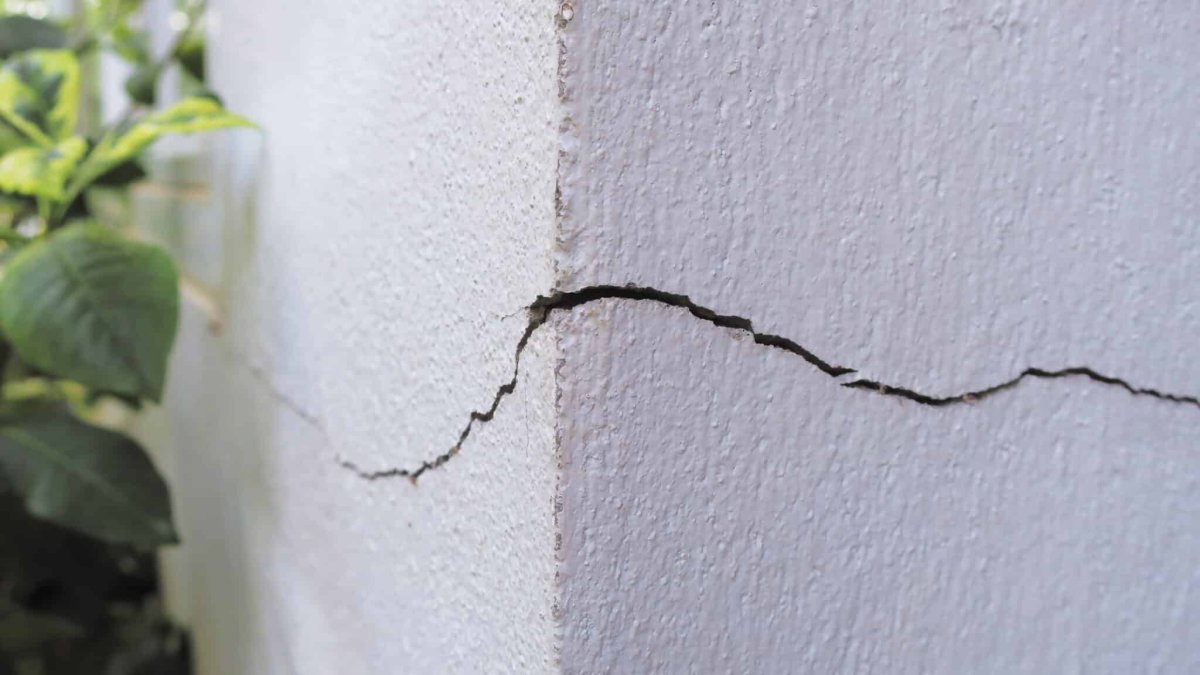
A home’s foundation is its backbone. When foundation issues arise, they can jeopardize structural integrity, leading to costly repairs if left unattended. Homeowners often overlook early warning signs, assuming minor cracks or uneven floors are harmless. However, catching these problems early can save significant time and money. Addressing issues proactively ensures safety and protects the long-term value of your home.
Early Warning Signs of Foundation Damage
Identifying foundation issues before they escalate is key to protecting your home’s structure. Some common indicators include:
- Cracks in walls and floors: While small hairline cracks are common in homes, larger fractures can signal a shifting foundation. Horizontal cracks, in particular, may indicate excessive pressure on basement walls.
- Uneven or sloping floors: If your floors feel unstable or slant in certain areas, this could indicate foundation settlement. Over time, shifting can worsen, leading to structural damage and even tripping hazards.
- Doors and windows sticking: Difficulty opening or closing doors and windows may result from frame misalignment due to foundation movement. This is often one of the first noticeable signs of a shifting foundation.
- Bowing or leaning basement walls: Walls that appear to curve inward signal excessive pressure from the surrounding soil, which can lead to severe structural damage if unaddressed. This is especially common in homes with poor drainage.
If you notice these warning signs, it’s important to act quickly. Waiting too long can lead to increased repair costs and further structural risks. Seeking help from a foundation repair expert ensures a thorough inspection and effective solutions to prevent worsening damage.
Common Causes of Structural Instability
Several factors contribute to foundation damage, making it essential to understand potential risks. The most frequent culprits include:
- Soil movement: Expanding and contracting soil due to moisture fluctuations can create pressure on the foundation, leading to cracks and instability. Clay-heavy soils are particularly prone to dramatic expansion and contraction.
- Poor drainage: Water pooling around the foundation can erode soil, causing the structure to settle unevenly. Downspouts and gutters that do not direct water away from the home can exacerbate this issue.
- Tree roots: Large trees planted too close to a home can absorb moisture from the soil, leading to shifting foundations. Some species, such as willows and maples, have invasive root systems that can damage foundation walls.
- Construction defects: Poorly compacted soil and subpar construction materials may contribute to premature foundation issues. If the original soil under the foundation was not properly prepared, settling may occur within just a few years.
Understanding these factors allows homeowners to take preventive measures, such as maintaining proper drainage and monitoring soil conditions around their property.
Addressing Foundation Issues Before They Escalate
Once foundation issues are identified, professional repairs can help restore stability and prevent future damage. The best repair approach depends on the severity of the problem. Some of the most effective methods include:
Fixing Cracks to Prevent Further Damage
Cracks in foundation walls or floors can allow water to seep into the basement, leading to mold growth and further structural damage. Sealing these cracks with professional-grade epoxy injections or polyurethane foam helps reinforce the foundation and prevent leaks. In cases where cracks indicate a deeper structural issue, additional repairs may be required.
Stabilizing Bowing Walls
Bowing or leaning basement walls require immediate attention to prevent collapse. Solutions such as carbon fiber reinforcements, steel braces, or wall anchors help stabilize and straighten weakened walls. These methods ensure long-term protection against external pressure from soil expansion. In severe cases, hydraulic jacks may be used to adjust wall positioning before reinforcement.
Underpinning for Structural Stability
If a home’s foundation is sinking or settling unevenly, underpinning is often the best solution. Techniques such as helical piers or steel push piers help lift and stabilize the foundation, ensuring a level structure and preventing further movement. These piers are driven deep into the soil to reach stable ground, providing long-term structural support.
Preventing Future Foundation Problems
While repairs can fix existing issues, proactive maintenance helps prevent future problems. Homeowners can take several steps to protect their foundation:
- Maintain proper drainage: Ensure gutters and downspouts direct water away from the home to prevent soil erosion. Installing a French drain system may help with persistent drainage issues.
- Monitor soil moisture levels: Avoid extreme fluctuations in soil moisture by watering during dry seasons and improving drainage during heavy rains. Consider using a soaker hose to maintain consistent moisture around the foundation.
- Inspect for signs of damage regularly: Performing routine checks on walls, floors, and doors can help catch early warning signs before they worsen. A professional inspection every few years can help detect hidden problems.
- Avoid planting large trees near the foundation: Root systems can interfere with soil stability, causing shifting foundations. If large trees are already present, consider root barriers to minimize impact.
- Reinforce basement walls when necessary: Even if walls are not currently bowing, adding carbon fiber strips or steel supports can prevent future problems.
Investing in these preventive strategies can save homeowners from costly repairs and provide peace of mind regarding their home’s structural integrity.
The Importance of Timely Repairs
A strong foundation is critical to the longevity of any home. Spotting early warning signs, understanding the causes of foundation problems, and implementing effective repair solutions can prevent further damage and costly renovations. Regular inspections and proactive maintenance go a long way in preserving structural stability. Addressing foundation issues promptly ensures the safety and durability of homes for years to come.
If your home shows signs of structural instability, consulting a foundation repair expert can help determine the best course of action. Whether addressing cracks, bowing walls, or foundation settlement, timely intervention prevents further deterioration and protects your investment.
John Richardson
Related posts
Stay connected
Today's pick
- Safety Essentials Every CNC Operator Should Follow DailyCNC machining demands precision, consistency, and discipline—but above all, it requires strict attention to safety. Whether you’re working with mills, lathes, routers, or grinders, every machine has the potential to cause serious injury if mishandled. That’s why CNC operators must follow safety protocols daily, no... The post Safety Essentials Every CNC Operator Should Follow Daily […]

